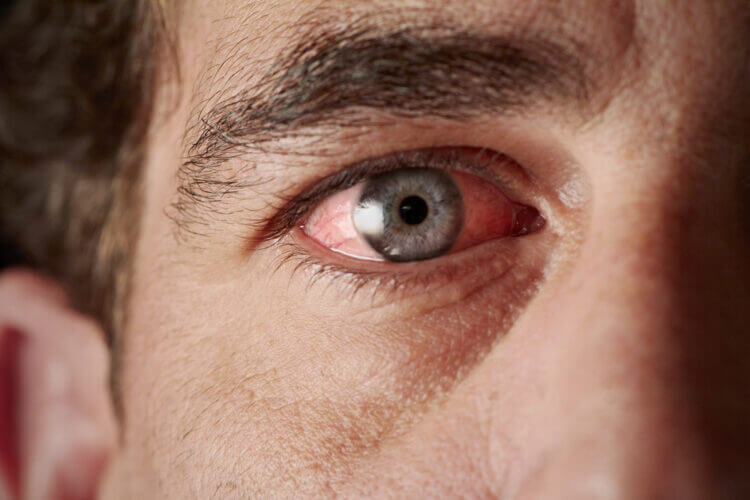
Pink Eye Treatment From Spectrum Eye Physicians
Conjunctivitis – more commonly known as “pink eye” – is inflammation of the eye’s outer surface and eyelid. Mild cases of pink eye may be merely irritating, with only burning and itchiness, but severe cases can cause extreme discomfort or even temporary blindness. Pink eye is a symptom, rather than a disease itself, and it can be caused by a wide variety of bacterial and viral infections. Most cases will eventually resolve on their own without treatment, but eye drops are available to alleviate severe symptoms or help keep the eye clean.
Symptoms of Pink Eye
Pink eye virtually always causes red, bloodshot eyes (hence its name) that are often itchy or painful. Pink eye swelling can be severe, sometimes causing the eyes to swell completely shut; this most often occurs when awakening in the morning. Often, watery eyes will result in a discharge coming from the infected area; this should be cleaned as soon as possible to prevent germs from breeding.
Causes of Pink Eye
Pink eye can be caused by both bacterial and viral infections. Depending on the pathogen responsible for the infection, symptoms can vary widely; viral infections are often milder and accompany cold-like symptoms, while bacterial infections are more likely to cause significant inflammation or a sticky discharge. Staphylococcus, Streptococcus, and Haemophilus are among the bacteria most often responsible for conjunctivitis, while adenoviruses are the most common causes of viral pink eye infections.
Pink eye can also be caused by allergies or environmental stimuli. If caused by an allergic reaction, pink eye should be very temporary and easily treatable with antihistamines. Strongly acidic or alkaline substances, as well as burns, can also cause pink eye.
How Long to Cure Pink Eye?
Most cases of pink eye caused by infection will resolve on their own in a matter of days or weeks, but a few treatment options are available for the most serious cases. To relieve inflammation symptoms, antihistamines may be prescribed, and artificial tears can help to ease discomfort and cleanse the eye if it is producing a discharge. Antibiotics are available for patients with bacterial infections; a course of treatment typically lasts seven to ten days. However, antibiotics are typically only prescribed to patients with particularly bad cases that haven’t improved on their own within three days.
Pink eye can be diagnosed by eye doctors or ophthalmologists after a quick eye exam. The eye doctor will determine the level of visual impairment, discuss the severity and duration of symptoms, and inspect the eye itself. Testing to determine the exact cause of the infection is typically not required to effectively treat it.
Pink Eye FAQs
Pink eye, or conjunctivitis, is one of the most common eye conditions, and well-known for its itchy, crusty, runny symptoms. At Spectrum Eye Physicians, we understand you may have lots of questions if you or a loved one develop these symptoms. Let us talk about these questions and what optometry services you may need.
Contact Spectrum Eye Physicians Today!
Schedule your appointment online or call us at 408-884-2215. No matter which of our locations you visit, you will receive the latest in eye care technology from friendly eye doctors and staff committed to serving you.
Request Appointment